
During the COVID-19 pandemic, communities suffered due to heavy reliance on external aid, leading to helplessness and vulnerability. The World Bank reports that over 20 million people fall into poverty annually, with climate hazards expected to push 130 million more into crisis within a decade. Seeking a better solution, we developed a bottom-up, community-led disaster preparedness model. After 18 months of research with experts, DISPECS was born.
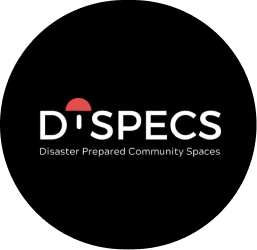
DISPECS (Disaster Prepared Community Spaces) empowers disaster-prone communities to take charge of their own preparedness and response. By shifting from external dependency to a self-reliant model, we help communities become organized first responders. We believe in their inherent capacity to manage disasters effectively. Our approach integrates disaster preparedness into everyday life through practical incentives, ensuring readiness becomes second nature. This proactive method not only enhances disaster response but also brings long-term benefits, allowing communities to stay prepared even in the absence of immediate threats. With DISPECS, resilience starts from within.
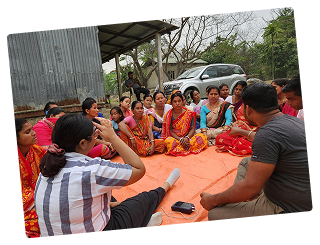
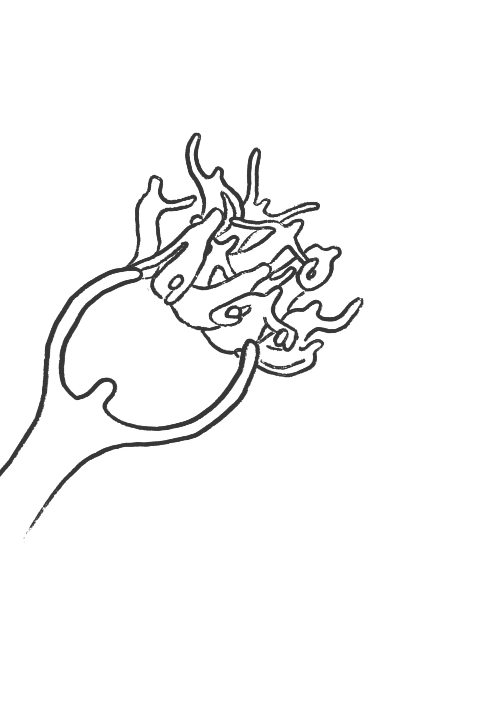

Basic Health and First Aid
To create a group of community-based first responders

Mental Health
To foster the basics of mental health through a buddy system

Livelihoods
To assist communities in obtaining additional revenue by diversification

Rapid Construction
To build carpentry and allied skills by using locally available resources

Community Savings
To foster a habit of savings by creating a community savings fund

Partnerships and Support Network
To build and strengthen the capacity of communities to identify, initiate conversations, and collaborate with external agencies when needed.

Search, Rescue and Safety
To enable taking proactive measures in protecting themselves

Awareness/Information Dissemination
To assist communities in establishing a robust mechanism for disseminating relevant information to the masses.

Food and Nutrition
To grow easy-to-grow food items using climate-resilient practices and keep a reserved stock when the food supply is disrupted

Ecology and Slow Climate Change
To enable communities to adapt to the effects of climate change by building a spirit of climate consciousness and affinity for the environment

Using Technology to Build Local Solutions
To assist communities in building solutions to solve their day to day problems

Water, Sanitation, and Hygiene
To increase access to safe drinking water, inculcate better sanitation practices and increase the overall hygiene levels of the community.


Basic Health and First Aid
Project DEFY is bringing learning back into the hands of communities

Mental Health
To foster the basics of mental health through a buddy system

Livelihoods
To assist communities in obtaining additional revenue by diversification

Rapid Construction
To build carpentry and allied skills by using locally available resources

Community Savings
To foster a habit of savings by creating a community savings fund

Partnerships and Support Network
To build and strengthen the capacity of communities to identify, initiate conversations, and collaborate with external agencies when needed.

Search, Rescue and Safety
To enable taking proactive measures in protecting themselves

Awareness/Information Dissemination
To assist communities in establishing a robust mechanism for disseminating relevant information to the masses.

Food and Nutrition
To grow easy-to-grow food items using climate-resilient practices and keep a reserved stock when the food supply is disrupted

Ecology and Slow Climate Change
To enable communities to adapt to the effects of climate change by building a spirit of climate consciousness and affinity for the environment

Using Technology to Build Local Solutions
To assist communities in building solutions to solve their day to day problems

Water, Sanitation, and Hygiene
To increase access to safe drinking water, inculcate better sanitation practices and increase the overall hygiene levels of the community.
2023-2024
Implementing DISPECS 1 with Sanjog at Era Tari for 500+ households
2028 Onward
DISPECS shall be utilised as an opensource platform with support for implementat ion partners
Using learnings from first implementation for the second and third implementation in another disaster prone location
2025- 2027
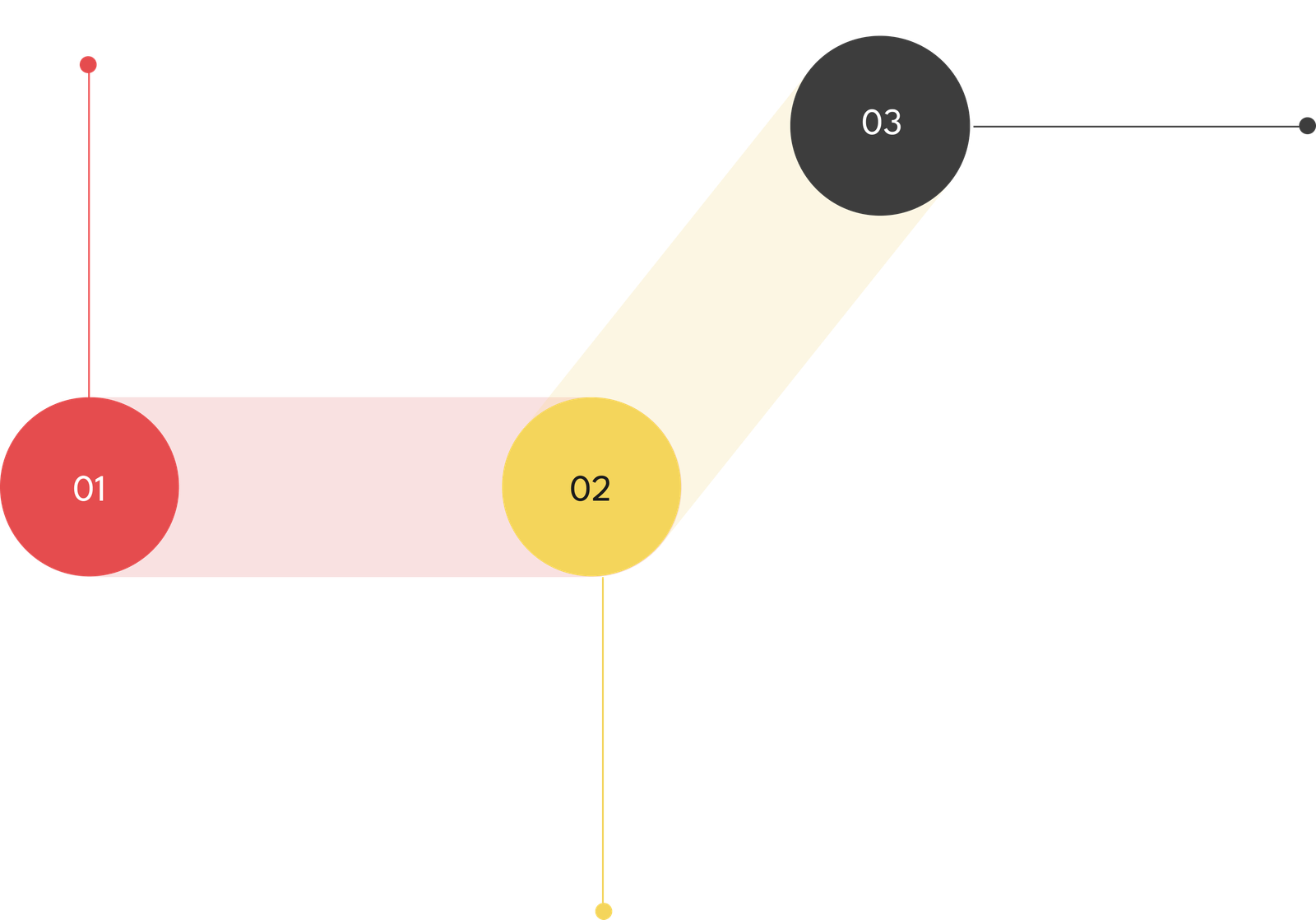
2023-2024
Implementing DISPECS 1 with Sanjog at Era Tari for 500+ households
Using learnings from first implementatio n for the second and third implementation in another disaster prone location
2025- 2027
2028 Onward
DISPECS shall be utilised as an opensource platform with support for implementat ion partners
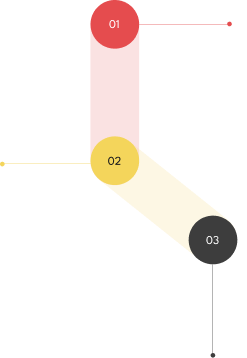

Sign Up For Our Newsletter*

Project DEFY is a Sec 8 nonprofit organisation in India registered as DEFY Educational Organisation CIN number – U80902KA2016NPL09714
Project DEFY is a Sec 8 nonprofit organisation in India registered as DEFY Educational Organisation CIN number – U80902KA2016NPL09714
Address: 1st Floor, #720/A7 11th Main, 9th Cross Rd, HAL 2nd Stage, Bengaluru, Karnataka 560008